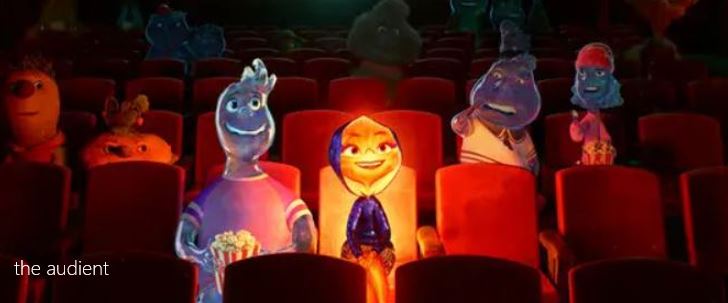 This is the third in
my bi-monthly 2019 series watching (most) of the Spike Lee films I haven’t yet
seen.
This is the third in
my bi-monthly 2019 series watching (most) of the Spike Lee films I haven’t yet
seen.
June brought my first audible in Un-lee-shed. I had to call it when I couldn’t find the movie I was intending
to watch, Get on the Bus, available
on any streaming service I subscribe to, at the library, or on iTunes. In fact,
most of these services returned a strange message when I searched for the
title, which was (and I’m paraphrasing here) “I haven’t even heard of this
movie. Go get stuffed.”
So I did, and watched Mo’
Better Blues instead.
Which was fine, as I actually thought of Blues as the more “significant” Lee
movie I hadn’t seen than Get on the Bus,
and iTunes obviously agrees. The main reason I preferred Get on the Bus for this series was that I wanted to do a bit of a
jump forward in time, rather than watching a third movie within a span of five
years on the calendar after She’s Gotta
Have It and School Daze. When
paired with Four Little Girls, which
I intend to watch in August (assuming availability), the summer months could
make a good “middle section” to Lee’s career.
But instead it was the best fashions 1990 had to offer in Mo’ Better Blues.
I was indeed a bit distracted by the fashion in the movie,
which of course I remember only too well from the time, but which now seems
hopelessly specific and dated. And since the 1990s have not yet been fully
reclaimed as an era for us to nostalgically revisit at the movies, I felt only
the mild repulsion to that fashion, rather than the sentimentality.
But this movie is not about fashion. It’s about jazz. Or
blues, I guess, though to me it seemed a lot like jazz.
It stars Denzel Washington as Bleek Gilliam (great name), a
trumpeter who leads his own band (featuring the likes of Lee, Bill Nunn,
Giancarlo Esposito and Wesley Snipes, all regular Lee collaborators, though
this was the first for both Washington and Snipes). Bleek is two-timing two
women with each other, though they kind of know it. One of these is Lee’s
sister, Joie, who was in almost every Lee movie to that point and still appears in
them today, most recently Da Sweet Blood
of Jesus. (She’s also on the She’s Gotta
Have It TV show, which Lee produces.) The other is an actress I knew I
recognized, Cynda Williams, ultimately identifying her (with the help of the
internet) as the star of One False Move.
That’s a really good movie I need to see again.
Story? What story? It’s pretty much a slice of life of these
characters over a number of years as Lee’s character gambles himself to within
an inch of being beaten to death, Bleek tries to juggle the women without
losing either one, Esposito bristles over the band’s treatment of his white
(and French) girlfriend, and Snipes wants to break out on his own. There are a
lot of musical numbers incorporated in, to good effect. And a lot of “Lee-isms”
are being played with here, like cameras that swoop in to close-ups, dolly shots,
a forlorn jazz score, and Brooklyn street life.
But I felt toward Mo’
Better Blues as I did the two previous films in the series, though I guess
I gave 3.5 stars to She’s Gotta Have It
and three to School Daze. I’m at
three stars again here. All three of these films provide useful insight to Lee’s
growth as a filmmaker, but I guess I’m not shocked that I missed them. They
aren’t essential, and this is probably the least essential of them.
As I was watching this, I wondered how well the movie he
released next, Jungle Fever, would
hold up today. It didn’t hold up well for some people at the time it came out, but
for me it seemed nearly as urgent in its own way as Do the Right Thing, though obviously for different reasons. The
Samuel L. Jackson performance in that movie was the real standout, as I
remember. If I watched it today – either for the first time or as a revisit – I’d
probably be just as distracted by the fashions, but hopefully still engaged by
the themes.
As I said, Four Little
Girls is on tap for August, if the gods of availability see it fit to
oblige me. Otherwise ... Girl 6? Clockers? We'll see.

No comments:
Post a Comment